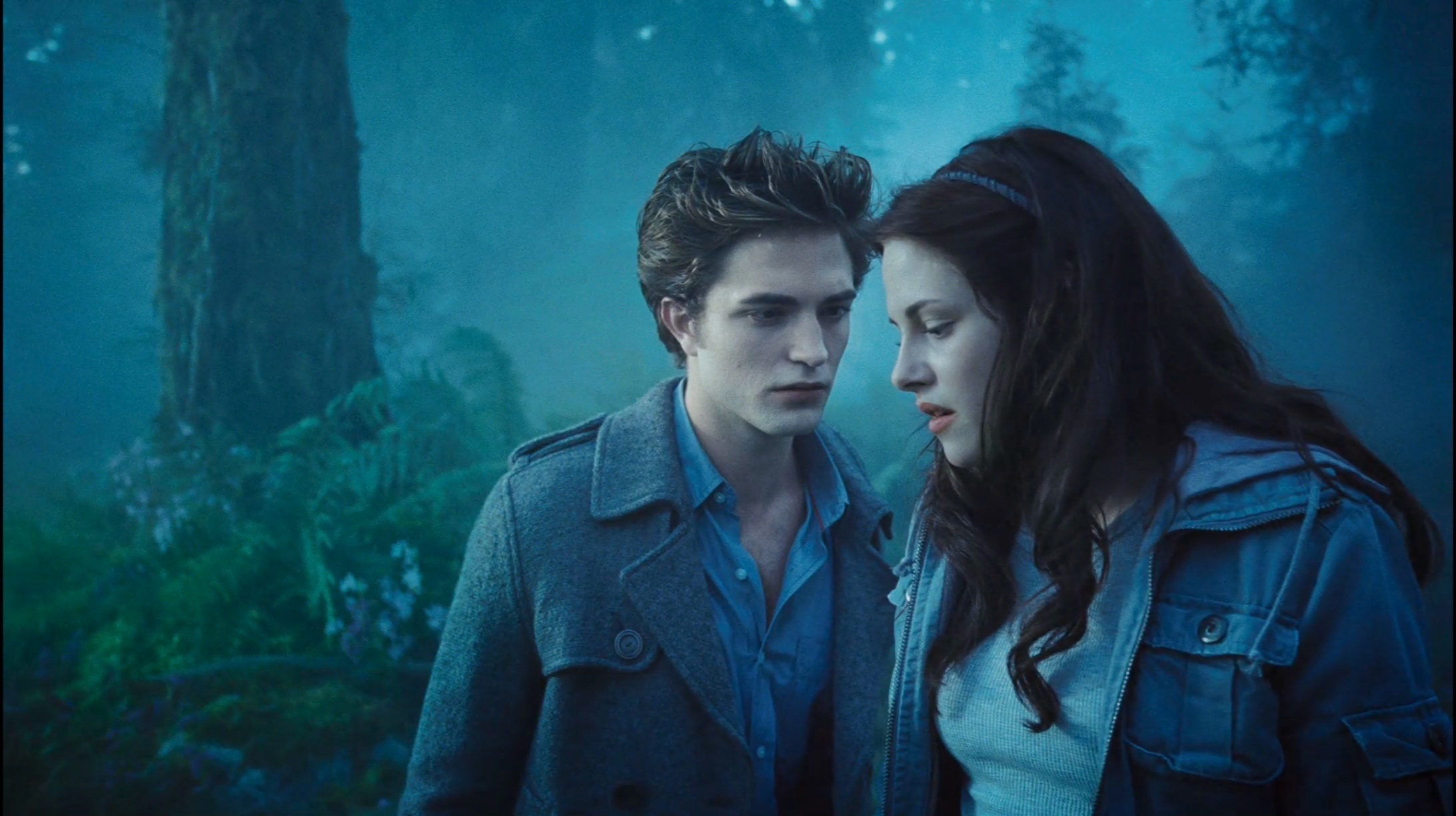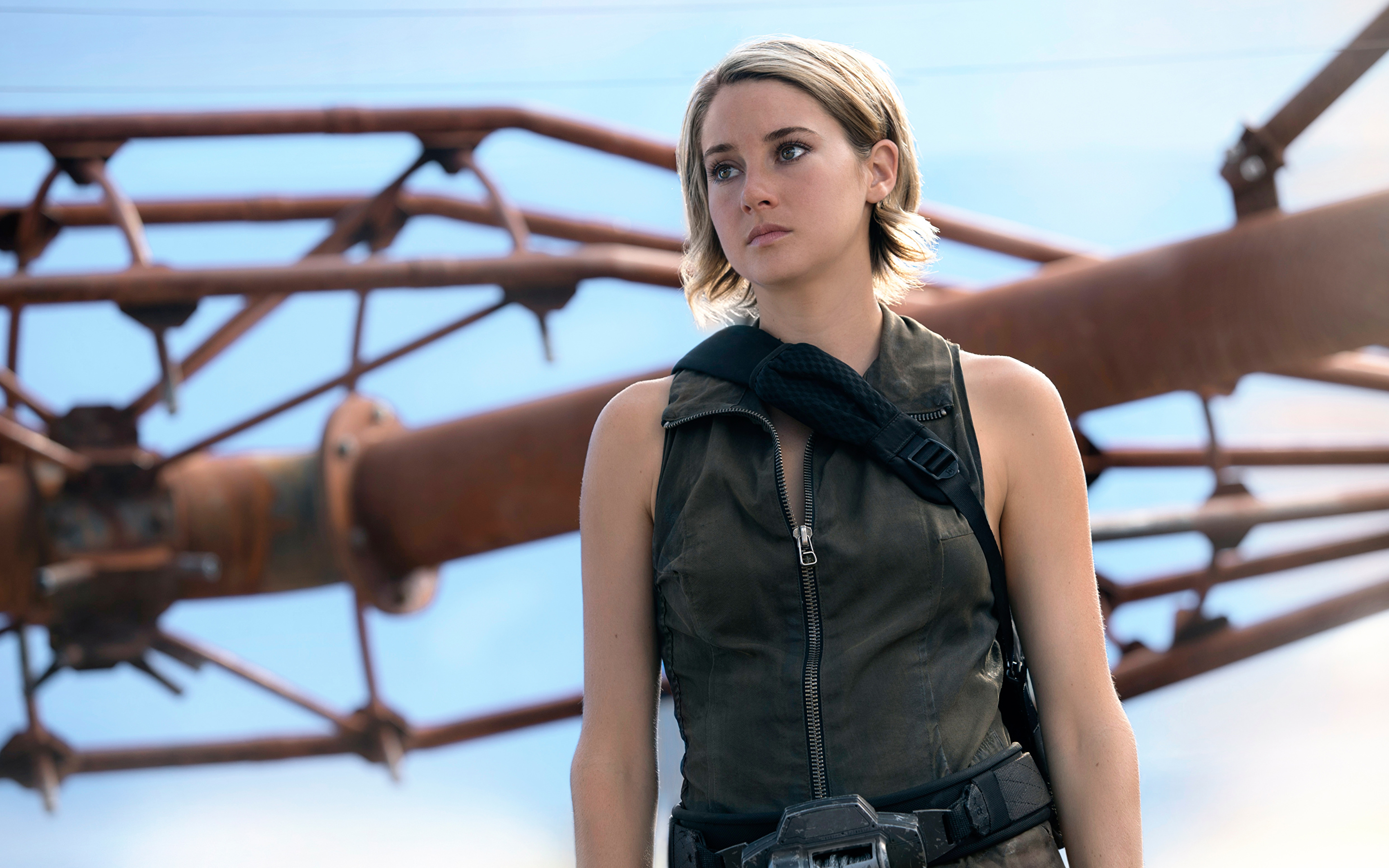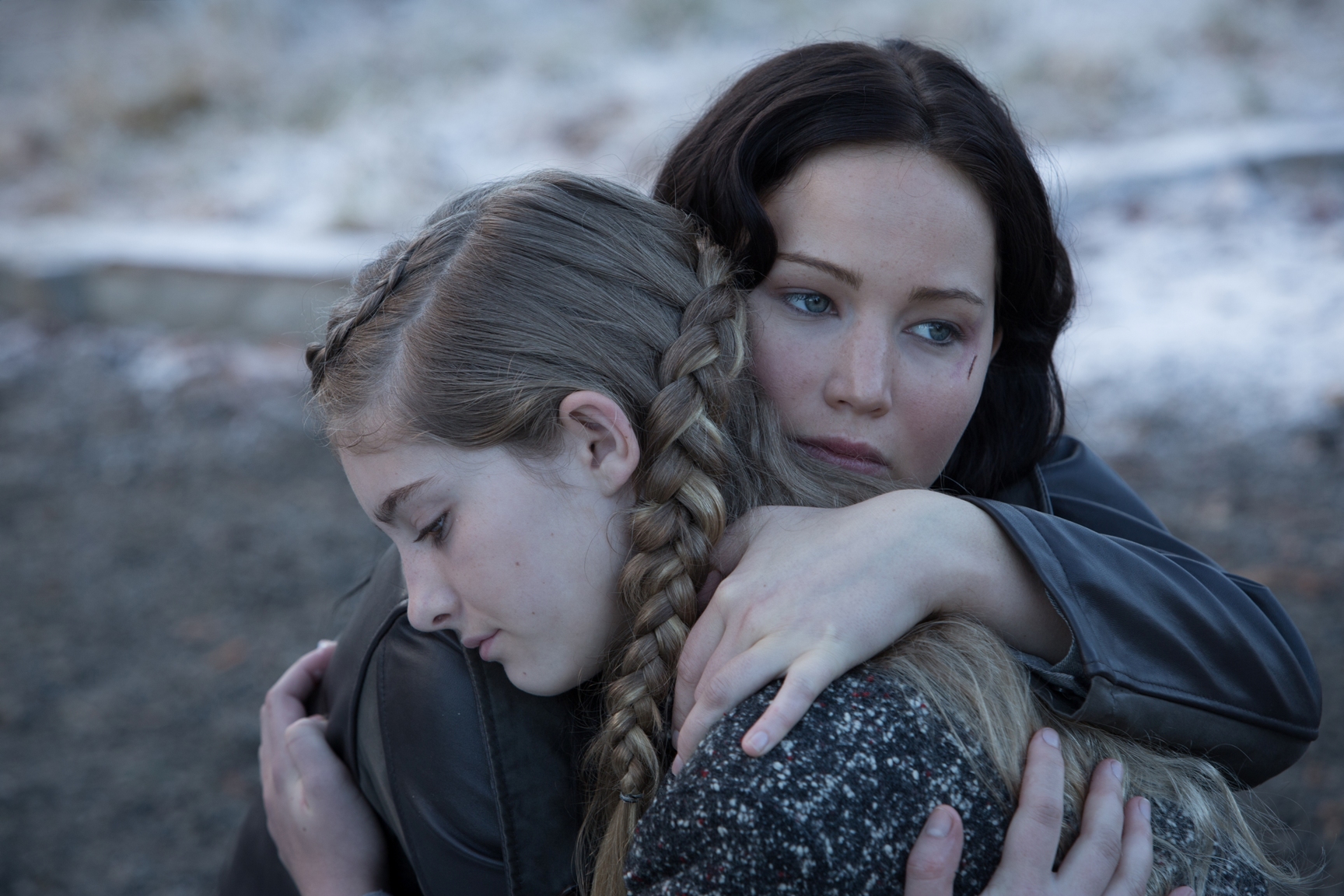Ten years before “Twilight” drew attention to the young adult genre in 2009, J.K. Rowling’s “Harry Potter” ruled the literary world. Rowling’s first book, “Harry Potter and the Sorcerer’s Stone,” came out on June 26, 1997, after many rejections from famous publishing houses. As of 2017, the books have grossed over $7.7 billion, according to Benzinga, and a large explanation for its success is the series’ movie adaptations, which have grossed over $7.2 billion. Bought by Warner Bros. Pictures, the first movie cost $125 million to make, but earned approximately $974.8 million at the box office, according to Box Office Mojo.
That being said, young adult, or YA, adaptations weren’t nearly as popular until Stephanie Meyer’s “Twilight” saga debuted, following the success of the “Harry Potter” films.

The first “Twilight” book came out on Oct. 5, 2005, and was sold for $750,000 to Little, Brown and Company. The entire series, which is composed of four books, racked in over $40 million, according to Forbes. The films were picked up by Summit Entertainment, and the first movie cost $37 million to produce. However, the investment nearly quadrupled its initial value at the box office, as it made approximately $393.6 million — not as much as the first “Harry Potter” film, but surely one of the biggest blockbusters yet.
The second “Twilight” film, “The Twilight Saga: New Moon,” cost $50 million, and earned over $700 million at the box office, over $200 million more than its predecessor. Although “The Twilight Saga: Eclipse” fell short in the box office at $698.5 million, it earned nearly as much as “New Moon.” The final book, “Breaking Dawn,” was split into two films, Part 1, which earned $712. 2 million, and Part 2, which made over $820 million — a remarkable finish to Edward and Bella’s romantic journey.
Less than a year before the final “Twilight” film came out, the impending success of “The Hunger Games” approached. The trilogy was written by Suzanne Collins in 2008, and she sold her first book to Scholastic for a six-figure deal for three books, not nearly as much as Rowling or Meyer. A year later, Lionsgate Entertainment acquired the rights for the film along with Nina Jacobson from Color Force. The first “Hunger Games” film had a budget of $78 million and earned $694.4 million at the box office — less than the first “Harry Potter” film but more than the first “Twilight” film. But its success did not stop there.
The second installment of the trilogy, “Catching Fire,” made over $865 million at the box office, according to Box Office Mojo. While less than the first “Harry Potter film,” the movie broke records and became the highest-grossing film of all “Hunger Games” films. The final book, “Mockingjay,” was also split into two parts; Part 1 (2014) made $755.4 million, and Part 2 (2015) made $653.4 million.
Despite the success of these blockbuster films, some YA adaptations weren’t so lucky. The two “Percy Jackson” films, directed by Chris Columbus and Thor Freudenthal, and made between $226.5 million and $202.2 million. The series was such a flop at the box office that no new films were produced after the second one in 2013.
“City of Bones,” which hit theaters in 2013 and was produced during the success of “The Hunger Games,” also flopped, and its failure began to signal that maybe the YA genre was not as infallible as it once seemed. Likewise, “Divergent,” which was adapted to film in 2014, had a budget of $85 million but only made $289 million at the box office. Its sequel, “Insurgent,” made $297.3 million, and though the last book “Allegiant” was supposed to be split into two parts, “Allegiant” turned out to be the last film of the “Divergent” series. The film made $179.2 million at the box office, leaving the story unfinished and fans unsatisfied.

Series and sagas are tough to stick with, as they require a committed, consistent audience. When film rights are picked up, fans are eager to see their favorite books brought to life on screen, but to them, the films must be the exact representation of the books, rather than a mere adaptation.
So, why are the YA adaptations dying? One would assume that these books, which are all New York Time Best Sellers, would be thriving at the box office and have thousands of fans watching the films, but that doesn’t seem to be the case. The wizard craze is over, the vampire craze is over and the dystopia craze has finally come to an end — all the big YA adaptations ended with “The Hunger Games.” While comics and short stories are thriving, the YA genre seems to have run its course.
Most book-based films have a promising start, but producers’ presentations of them has damaged potential YA successes. Many fans would argue that YA adaptations are failing due to a lack of promotional marketing, their roughshod screenplays, imperfect acting or poor screenwriter selection. “Fallen” by Lauren Kate was adapted into a film, but it never appeared in theaters, as YA adaptations typically do. This could be a result of the influx of YA adaptations with similar storylines, and how studios were rushing to pick them up in hopes of creating another big craze like “Twilight” and “The Hunger Games.”
Despite the failing trend, there are still more YA books being purchased by producers, and they are currently in stages of pre-production. Who knows, one of them just might be the next big blockbuster.
















